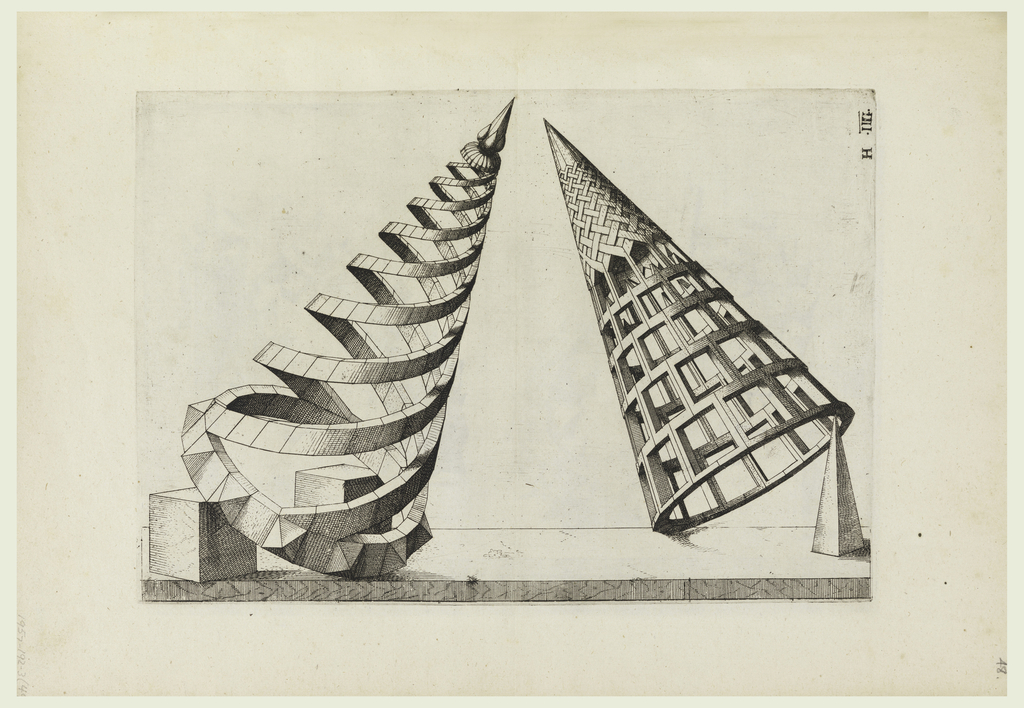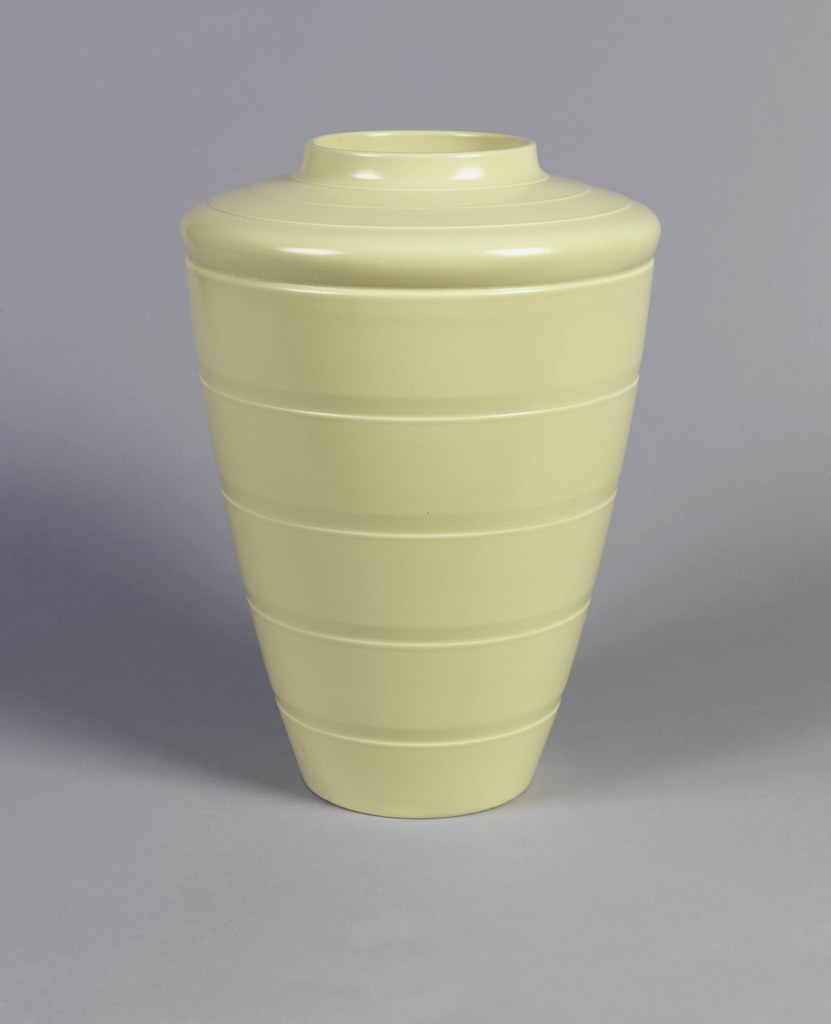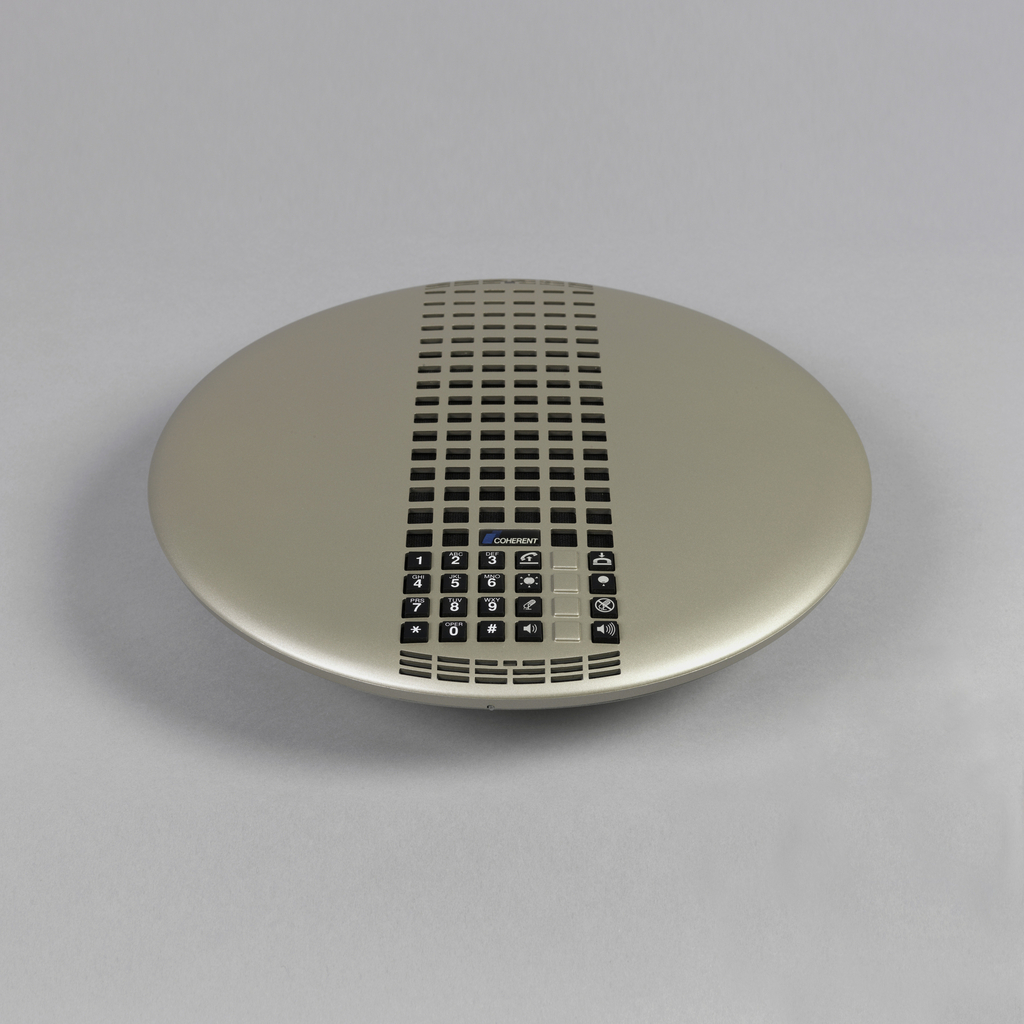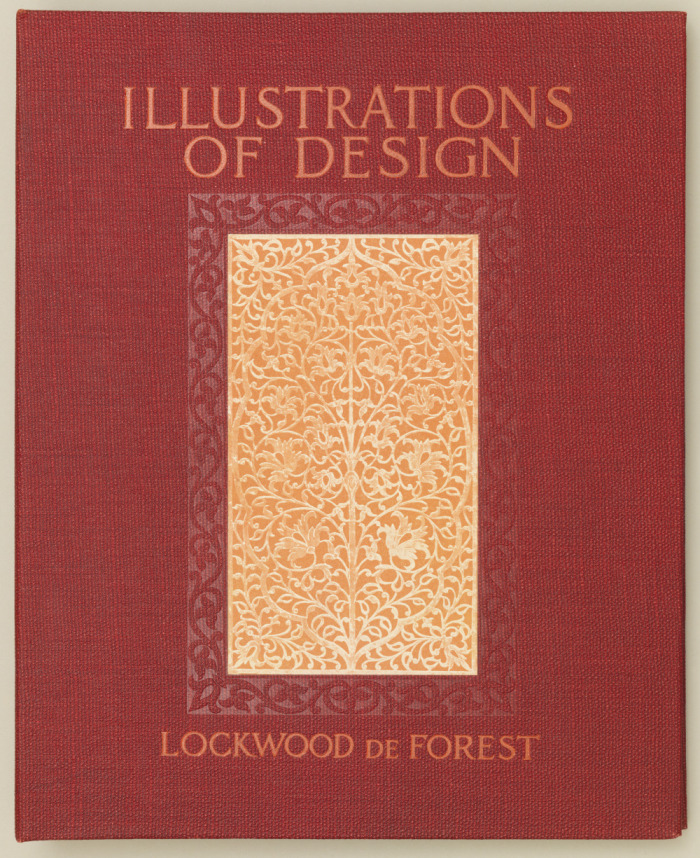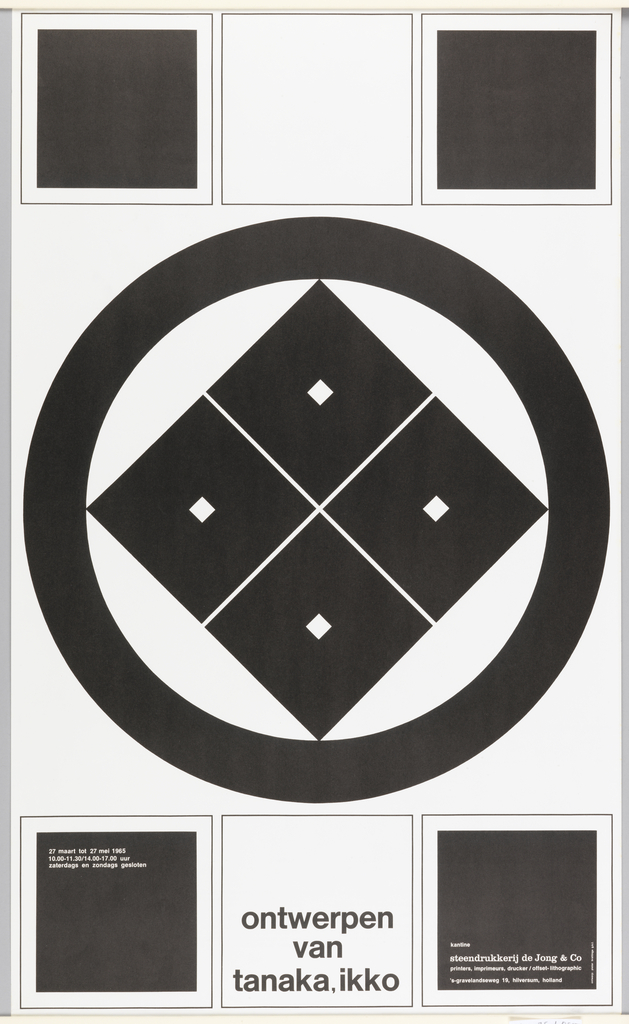Translated as “Perspective of regular bodies,” Jamnitzer’s book exemplifies the overwhelming resurgence and appreciation of classical texts during the Renaissance. Not only does the artist present his drawings through a Latin introduction, but the regular bodies mentioned in the title are based on the five Platonic solids of Euclidean geometry: the tetrahedron, hexahedron, octahedron, icosahedron...
This austere vase embodies nearly the exact opposite of Wedgwood’s well-known decorative aesthetic. Founded in 1759, the firm developed a sophisticated earthenware, often either black to imitate ancient Greek ceramics, or blue with relief decoration featuring neoclassical husks, swags of flowers and pastoral scenes. Early wares made of this material were cheaper than porcelain, but...
When Coherent Communications System Corporation decided to create this conference phone their goal was to accommodate the needs of conference calls by incorporating all the necessary telephone elements and electronics into a single, sophisticated speaker/microphone housing. For ease of use and efficiency, the engineers wanted to position the speaker in such a way that the...
This publication was written by Lockwood de Forest during the years of his retirement from decorating after moving permanently to Santa Barbara, California. As he says in the preface, de Forest wrote the book for design teachers so they could teach the principles of Indian design to students, helping them generate pattern through using certain...
Born on today’s date in 1930, Ikko Tanaka was one of the giants of Japanese graphic design in the second half of the twentieth century. Tanaka began designing posters in 1954 and was renowned for his ability to synthesize both Japanese and Western aesthetics. His name became synonymous with straightforward, impressive designs recognizable for their...
